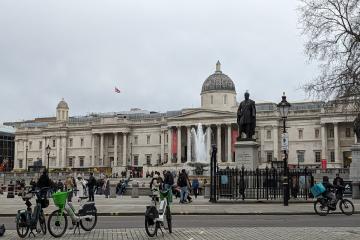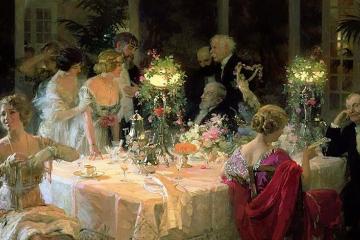A day of three lectures exploring the concept of 'Still Life':
Cabbages, Carrots and Lamb. Spanish Still Life from 1600-1812
Robert Hughes declared of Still life painting; ‘Still Life is to eating what the nude is to sex’, (we won’t go there I assure you!), although he did admit that Spanish Still Life painting is ‘more sacramental than gastronomic’. The lecture will cover a cabbage that has been painted with such astonishing accuracy that the painted version is more alluring than the vegetable itself. Featuring paintings by Velazquez, Zurburán, Meléndez & Goya, we shall explore several stunning key themes that can all be discerned from arrangements of simple food stuffs; religious fervour and symbolism, the absence of presence and that importance generates waste.
Caterpillars, Lemons and Lobsters. Dutch Still Life from 1560-1650
When it comes to Dutch Flower paintings the only real expert in the field (often literally) is the insect that lives off the stems and petals. As Harry Berger puts it “the caterpillar is connoisseur”. From Meat Stalls to Mince Pies, and Bubbles to Bread Rolls, this lecture will help you to discover the enormous symbolism that is conveyed by simple every day objects, that have been rendered with breath taking accuracy and convey really satisfying moral meaning. Examining works by Claesz, Steenwyck, de Heem, Bosschaert, van Aelst and Kalf; we shall explore the corruption of abundance, the mutability and ephemerality of life and the inevitability of death. Animal Fur, Telephones and Apple Cores.
Still Life as Real Life in the 20th & 21st Centuries
The ‘lesser’ genre of Still Life painting was one of the vehicles that launched Modern Art in the 19th century, and the obsession continued into the subsequent century by Picasso, Dali and Oppenheim. Painting was replaced by the Object, often playing upon the established and traditional themes of old. Mortality, mutability and abundance can all be traced through the ground breaking ‘still life’ sculptures of Oldenburg, Taylor Wood and Hirst. Like the Still Life genre, in all its permeations, this talk will be an exuberant assault on the senses of taste, sight, sound, touch and smell.






